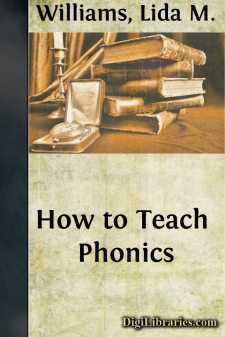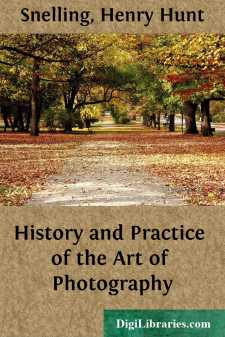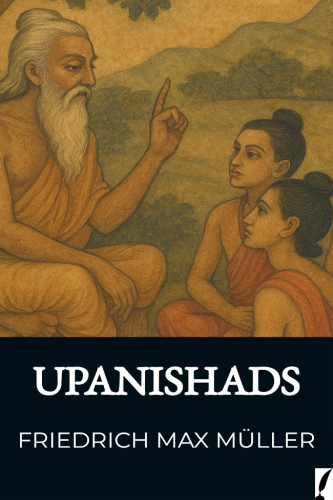Categories
- Antiques & Collectibles 13
- Architecture 36
- Art 48
- Bibles 22
- Biography & Autobiography 813
- Body, Mind & Spirit 142
- Business & Economics 28
- Children's Books 16
- Children's Fiction 13
- Computers 4
- Cooking 94
- Crafts & Hobbies 4
- Drama 346
- Education 46
- Family & Relationships 57
- Fiction 11829
- Games 19
- Gardening 17
- Health & Fitness 34
- History 1377
- House & Home 1
- Humor 147
- Juvenile Fiction 1873
- Juvenile Nonfiction 202
- Language Arts & Disciplines 88
- Law 16
- Literary Collections 686
- Literary Criticism 179
- Mathematics 13
- Medical 41
- Music 40
- Nature 179
- Non-Classifiable 1768
- Performing Arts 7
- Periodicals 1453
- Philosophy 64
- Photography 2
- Poetry 896
- Political Science 203
- Psychology 42
- Reference 154
- Religion 513
- Science 126
- Self-Help 84
- Social Science 81
- Sports & Recreation 34
- Study Aids 3
- Technology & Engineering 59
- Transportation 23
- Travel 463
- True Crime 29
The Book of Sports: Containing Out-door Sports, Amusements and Recreations, Including Gymnastics, Gardening & Carpentering
by: William Martin
Categories:
Description:
Excerpt
PREFACE.
The prime object of this book is to induce and to teach boys and girls to spend their hours out of school in such a manner, as to gain innocent enjoyment while they promote their own health and bodily strength. The Author has never lost sight of this object, considering it to be what properly belongs to a Book of Sports.
He has, however, in many instances, had in view, in a subordinate degree, the intellectual improvement of his young readers. He hopes that several of the games, now described in print for the first time, will be found, if not "royal roads," at least delightful ones, to the knowledge of many scientific facts. There seems to be no good reason why the utile (considered intellectually as well as bodily) should not find its place in the sports of young people, if it be so skilfully combined with the dulce as not to convert pleasure into toil.
To those who assent to what has been stated, the introduction of a chapter on gardening will need no apology.
GAMES WITH MARBLES.
One of the best games with marbles is
RING TAW.
This is played in the following manner:—A circle should be drawn about four feet in diameter, and an inner circle of about six inches being also marked out in its centre, into this each boy puts a marble. "Now then, boys, knuckle down at the offing, which is in any part of the outer circle. Now, whoever shoots a marble out of the ring is entitled to go on again: so mind your shots; a good shot may clear the ring. After the first shot, the players do not shoot from the offing, but from the place where the marble stops after it has been shot from the knuckle. Every marble struck out of the ring belongs to the party who hits it; but if the taw remains in the inner ring, either after it has struck a marble or not, the player is out, and must put in all the marbles he has won. If one player strike another player's taw, the player to whom the taw belongs is out; and he must give up all the marbles he has won to the player whose taw struck his."
This game is played by throwing a marble against the wall, which rebounds to a distance. Others then follow; and the boy whose marble strikes against any of the others is the winner. Some boys play the game in a random manner; but the boy who plays with skill judges nicely of the law of forces, that is, he calculates exactly the force of the rebound, and the direction of it.
The first law of motion is, that everything preserves a state of rest, or of uniform rectilineal (that is, straight, motion), unless affected by some moving force.
Second law.—Every change of motion is always proportioned to the degree of the moving force by which it is produced, and it is made in the line of direction in which that force is impressed.
Third law.—Action and reaction are always equal and contrary, or the mutual action of two bodies upon each other are always equal and directed to contrary parts.
To illustrate the first of these laws,—a marble will never move from the ground of itself, and once put in motion, it will preserve that motion until some other power operates upon it in a contrary direction....










